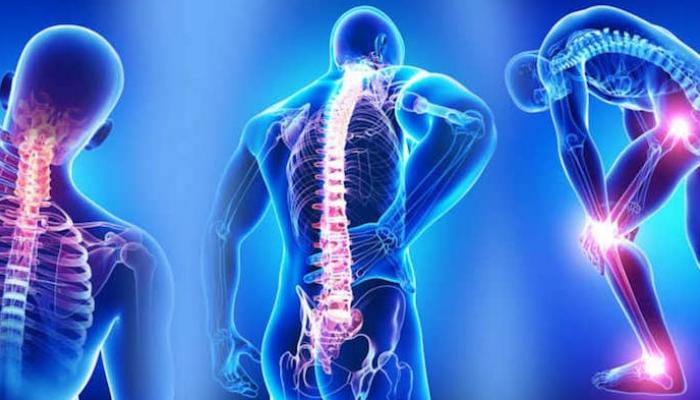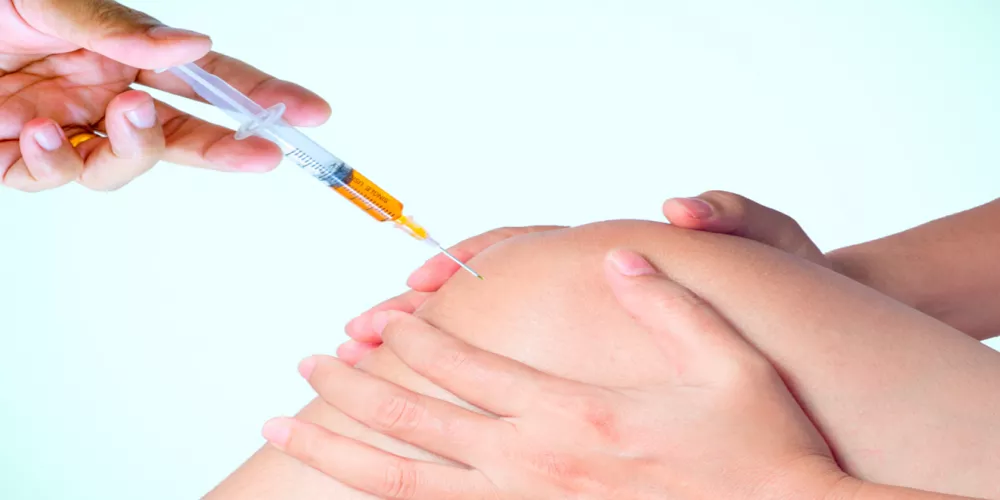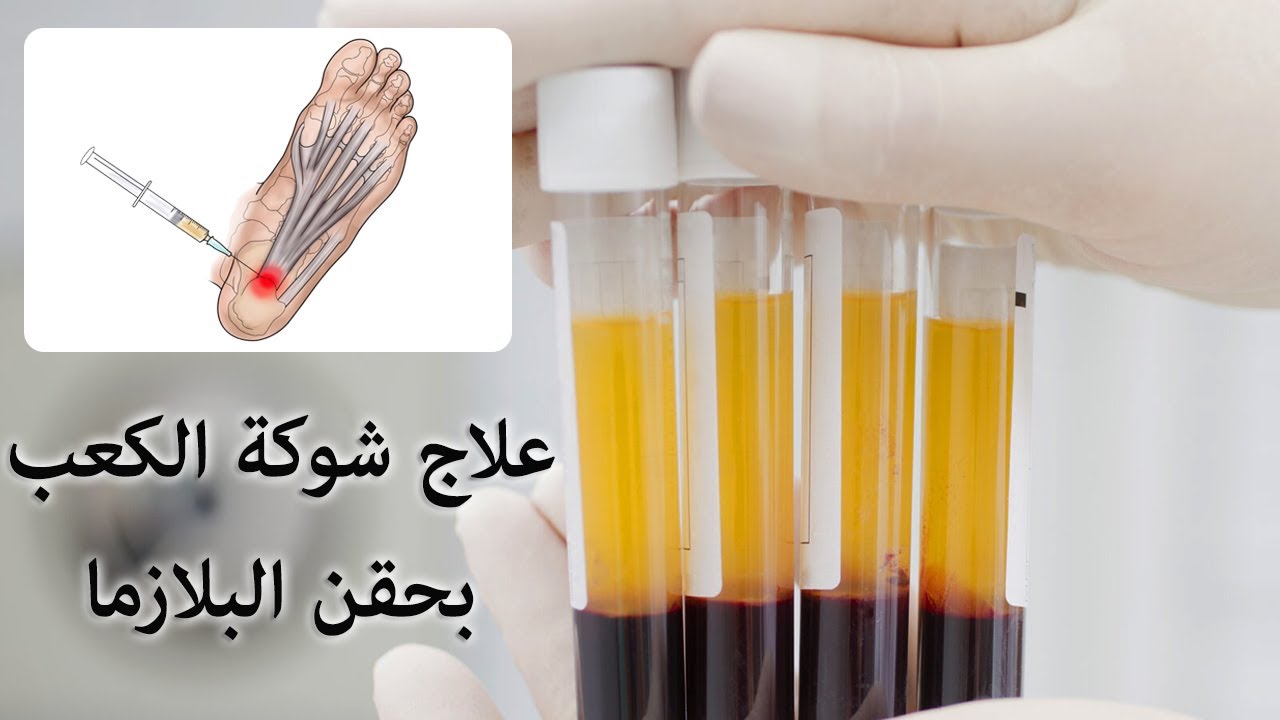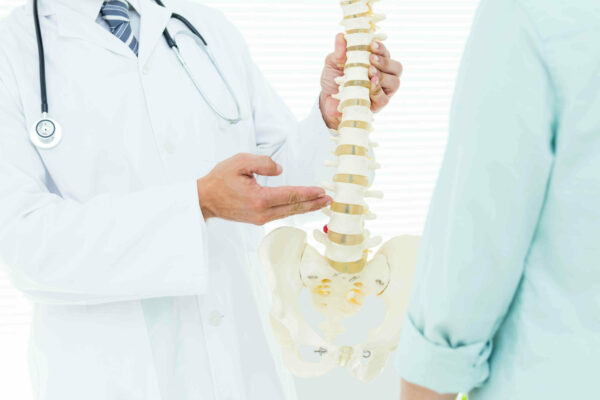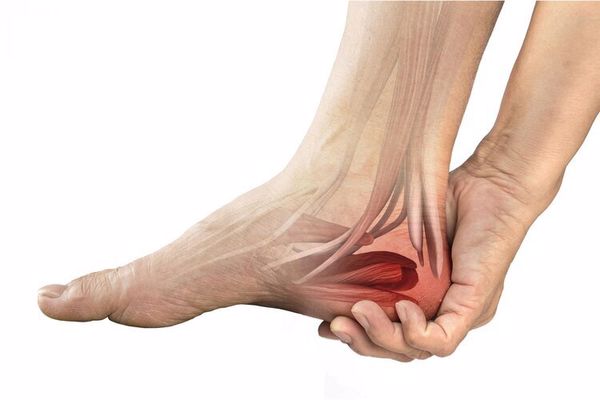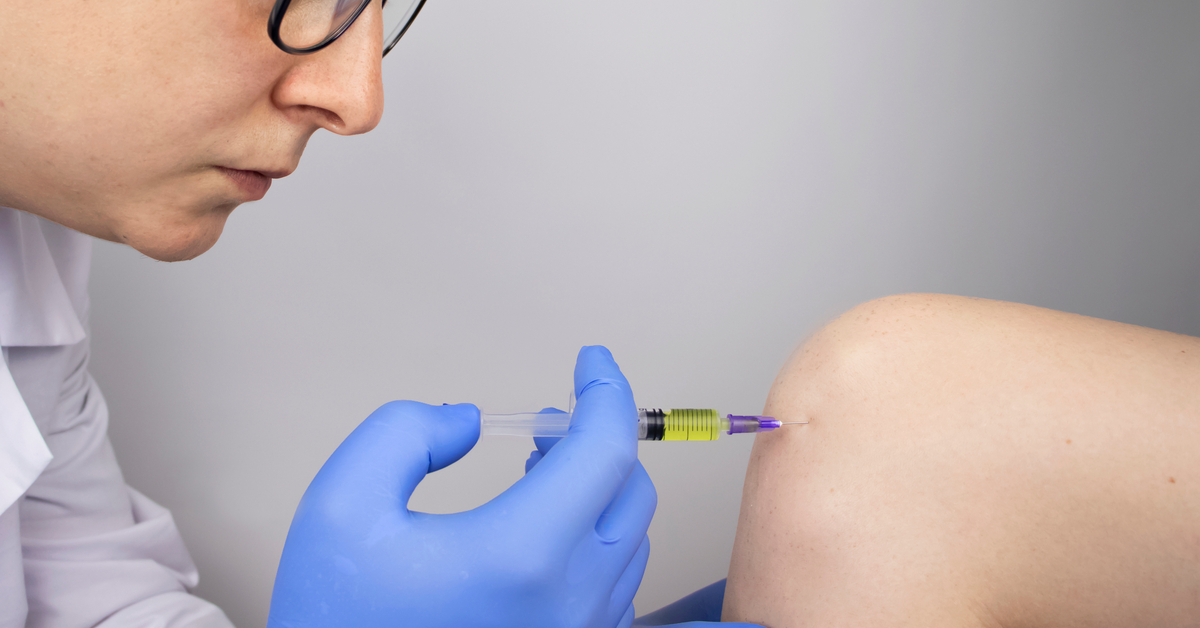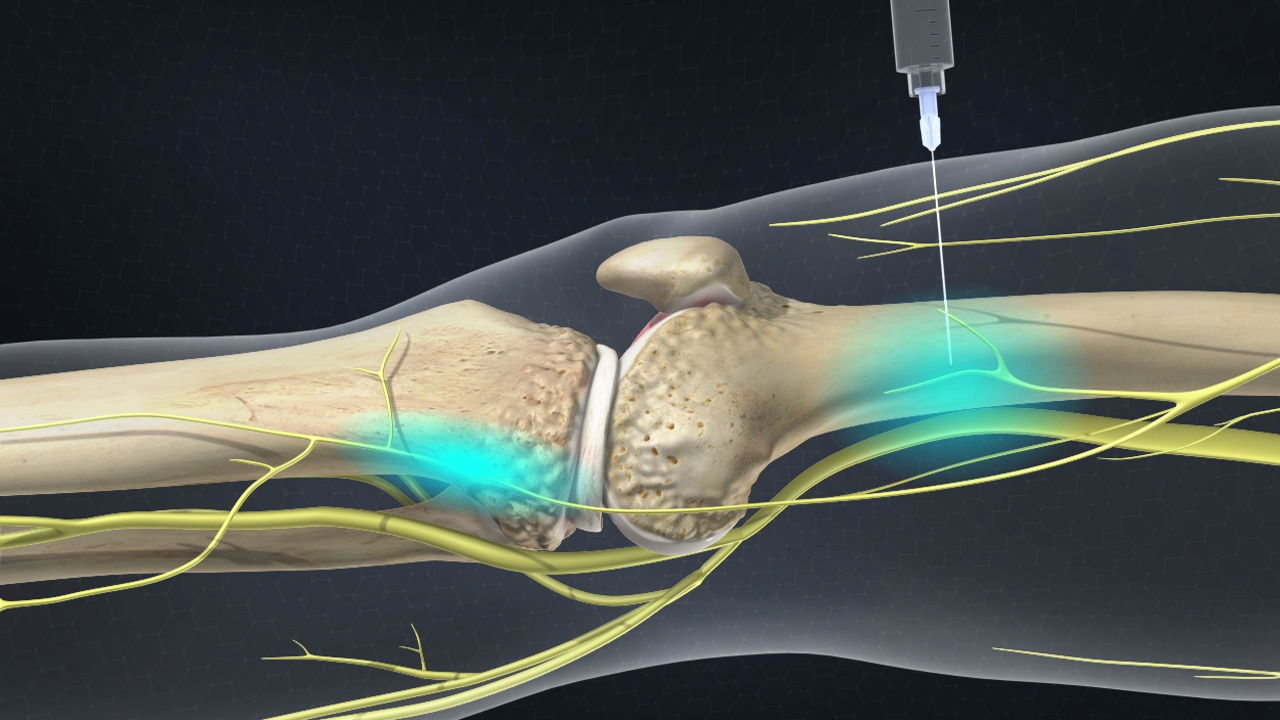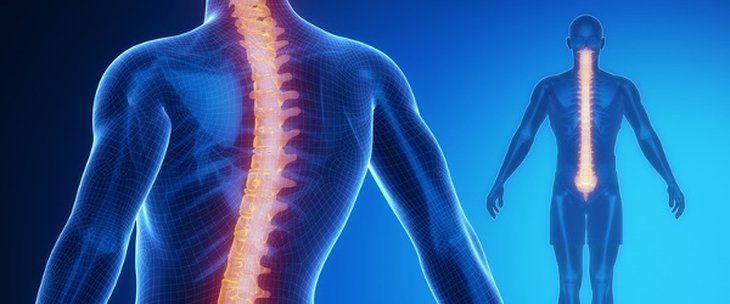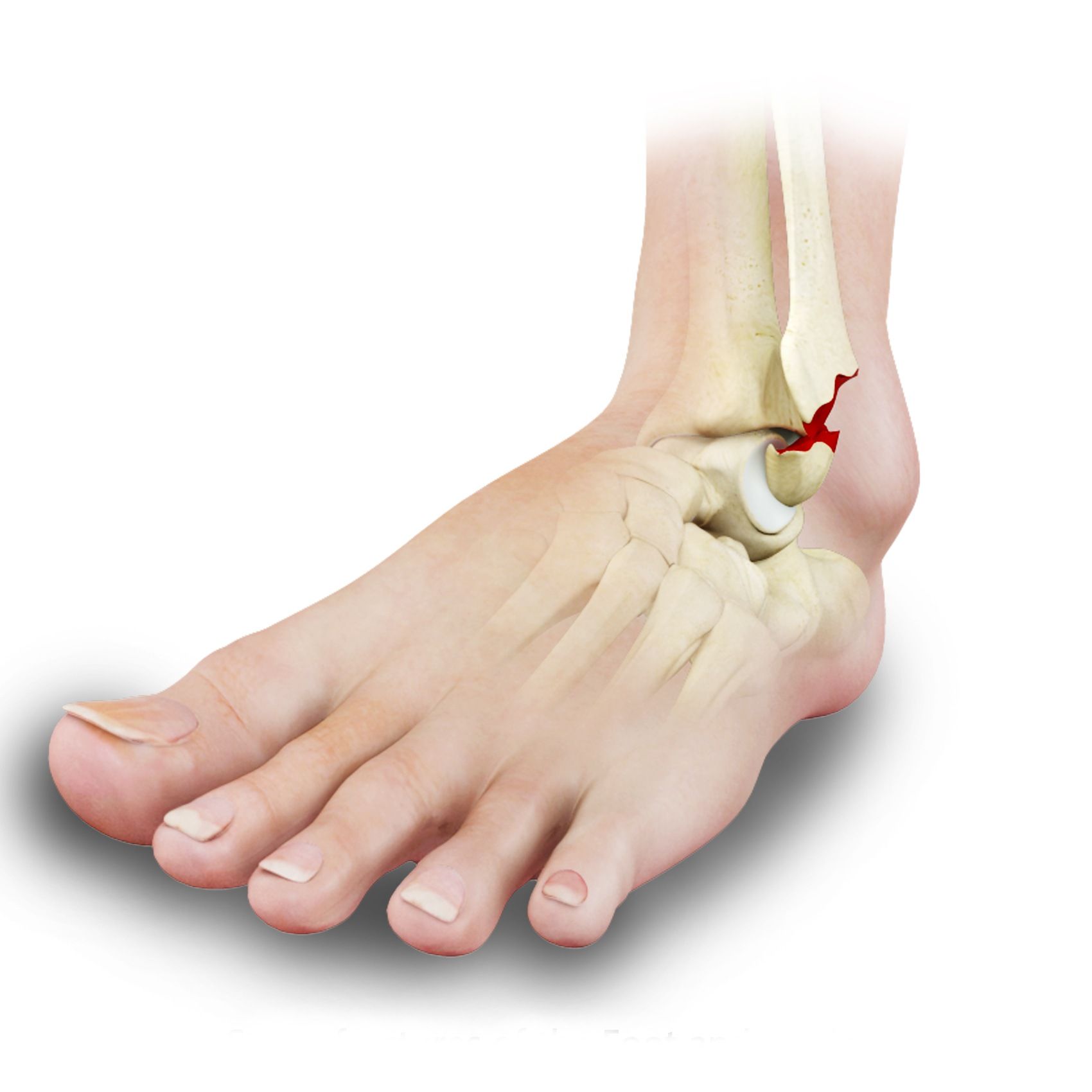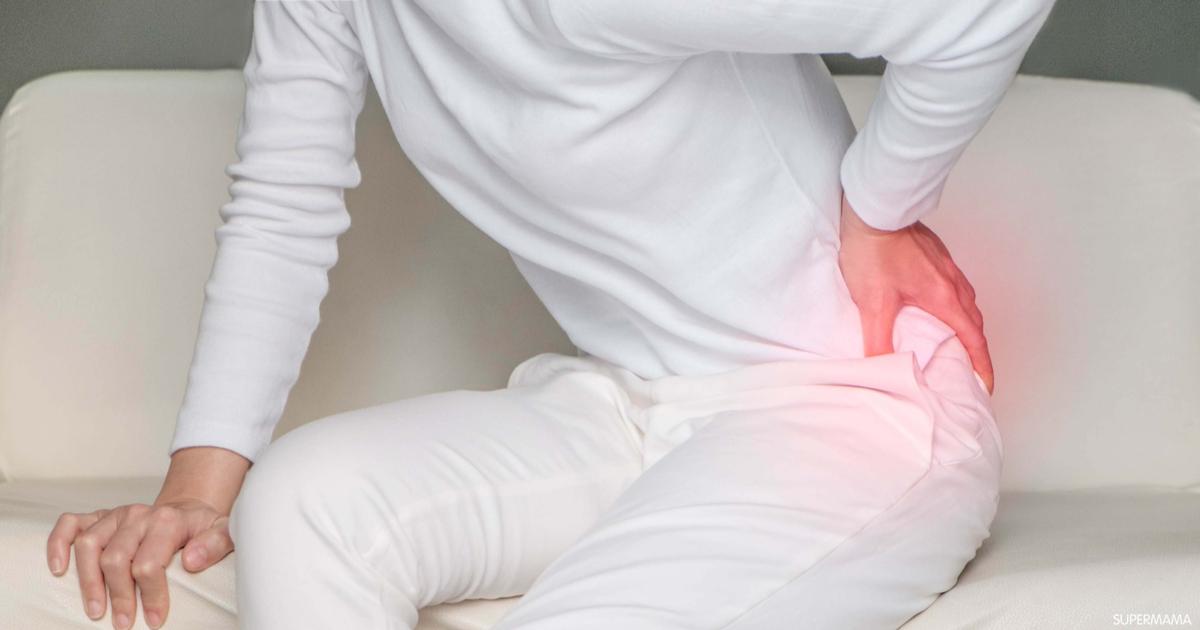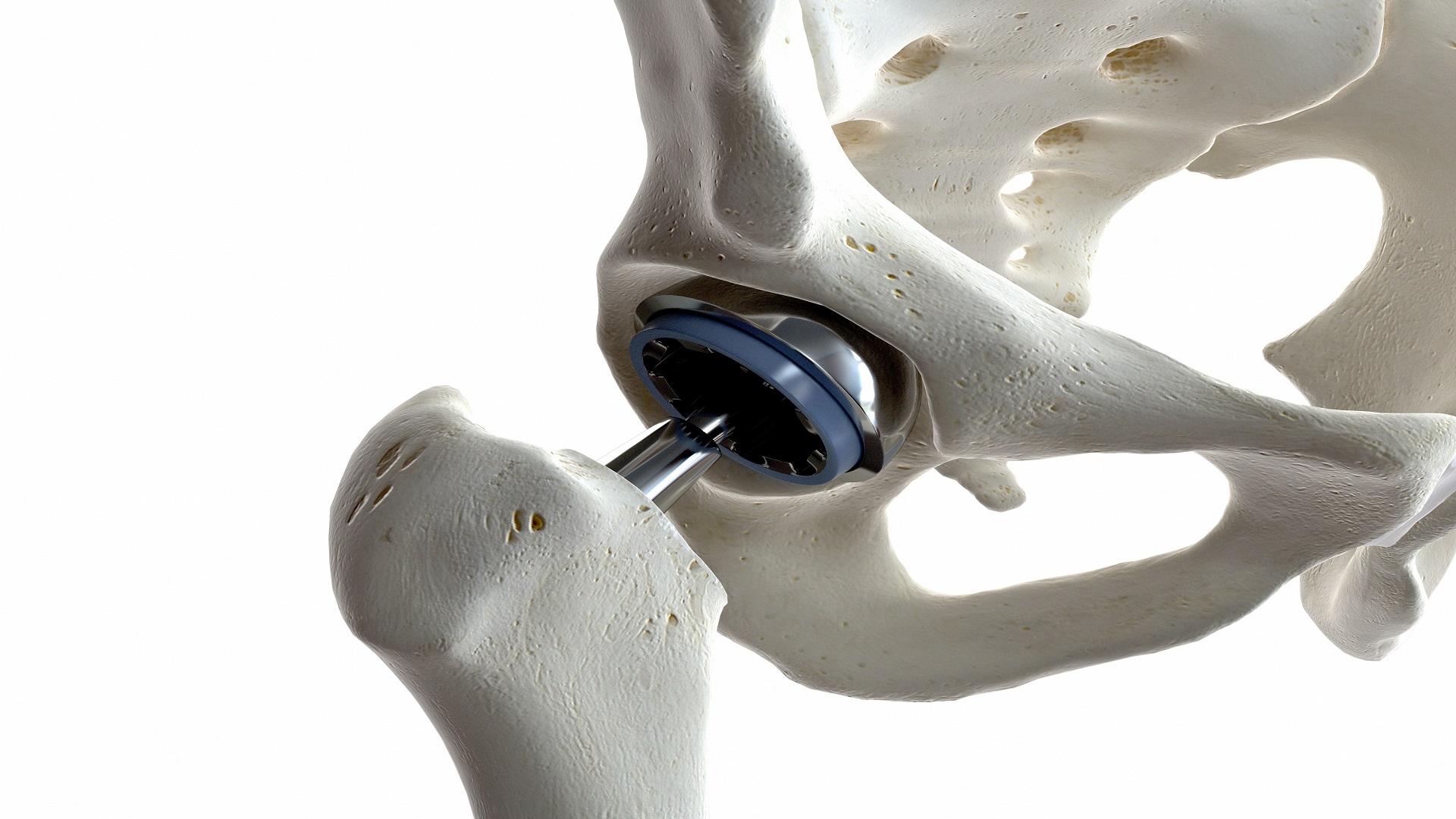What are the side effects of the intramedullary nail?
The procedure for installing a marrow nail can be used in the case of bone fractures, and we explain more information about the surgery and its subsequent steps in the following article.
The process of installing an intramedullary nail in the leg
Fractures can occur in the bones of the body as a result of accidents, collisions, or other factors that lead to bone fracture, and the process of treating fractures now, and after medical progress, has become easier and more effective, and the condition of fractures can be improved through the installation of intramedullary nails that help speed up the recovery process.
A marrow nail can be performed on the leg to give greater stability to the injured part, and the nail works to bear part of the weight placed on the leg, which allows the wound to heal and reach the stage of rapid recovery and gives better stability to the leg, and it does not affect movement or blood circulation in the body.
During the process of installing the intramedullary nail in the leg after the fracture, the doctor begins to install the nail in the leg to connect the two ends of the fracture and give the possibility of healing the fracture and recovery faster, and the injured person can return to his physical activity after the recovery period.
What after the process of installing the intramedullary nail?
The process of installing an intramedullary nail is used in the event of a fracture in the leg or in other parts of the body, and the nail works to connect the ends of the broken bones and thus allows a greater possibility of recovery and return to walking normally.
There are many steps that the patient can take after the intramedullary nail operation, which are:
- Broken bones should not be overloaded.
- Take the medications and painkillers prescribed by the doctor.
- Work can be done to improve the patient’s condition through medical follow-up.
- Avoid lifting heavy things.
- The use of crutches in the first periods after surgery.
- Avoid strenuous activities for several weeks until healing is complete.
Pain after intramedullary nail surgery
The affected person may feel pain after the operation of installing the intramedullary nail, and this is due to the fracture in the bone, and the pain can continue until healing occurs in the bones, and thus the person can return to his normal activity again with the help of the rehabilitation program after surgery.
Can the intramedullary nail be removed after its installation?
Most doctors do not resort to taking out or removing the intramedullary nail from the body after the fracture has healed because it is intended to remain in the body for life, but sometimes the injured person can be exposed to complications because of the nail, so work is done to remove it, and the person may feel some pain, but it goes away within two weeks.
Walking after intramedullary nail surgery
Walking is one of the exercises that is important after orthopedic surgeries because it works to stretch and strengthen the muscles which reduces the burden on the bones and joints, which gives the possibility of walking or movement better for the patient after surgery.
If the fracture suffered by the person did not result in bone fragmentation, walking can be done with the help of crutches during the first week of the operation, but in the event of bone fragmentation, the patient can start walking several weeks after the surgery.
When is the intramedullary nail removed?
It is possible that the fractured person does not need to remove the intramedullary nail after surgery unless he is a child in the stage of development or a sports player, and the nail can be removed from the body after the first year of surgery and confirmation of full recovery and healing of the fracture.
What are the damages of the intramedullary nail?
The intramedullary nail and its installation in the body through surgery is considered one of the safe means of treating bone fractures in the body and does not cause many complications, but care must be taken that the injured person obtains good medical follow-up because it reduces the risk of complications.
The patient with a fracture after installing the spinal nail can suffer damage, but in rare cases, and complications can be as follows:
- Bleeding at the wound site.
- Purulent infection in the fracture.
- The fracture does not heal quickly enough.

